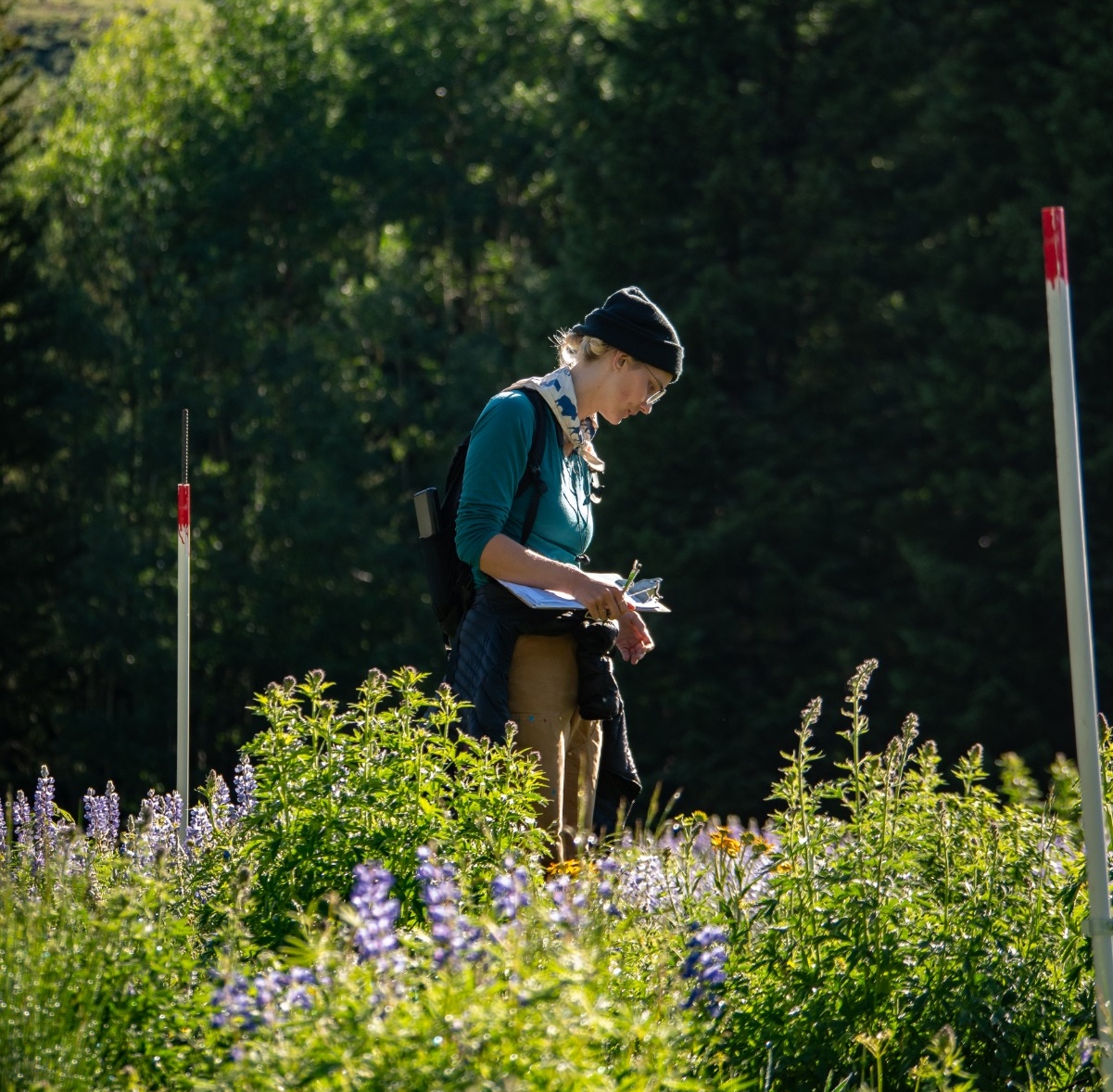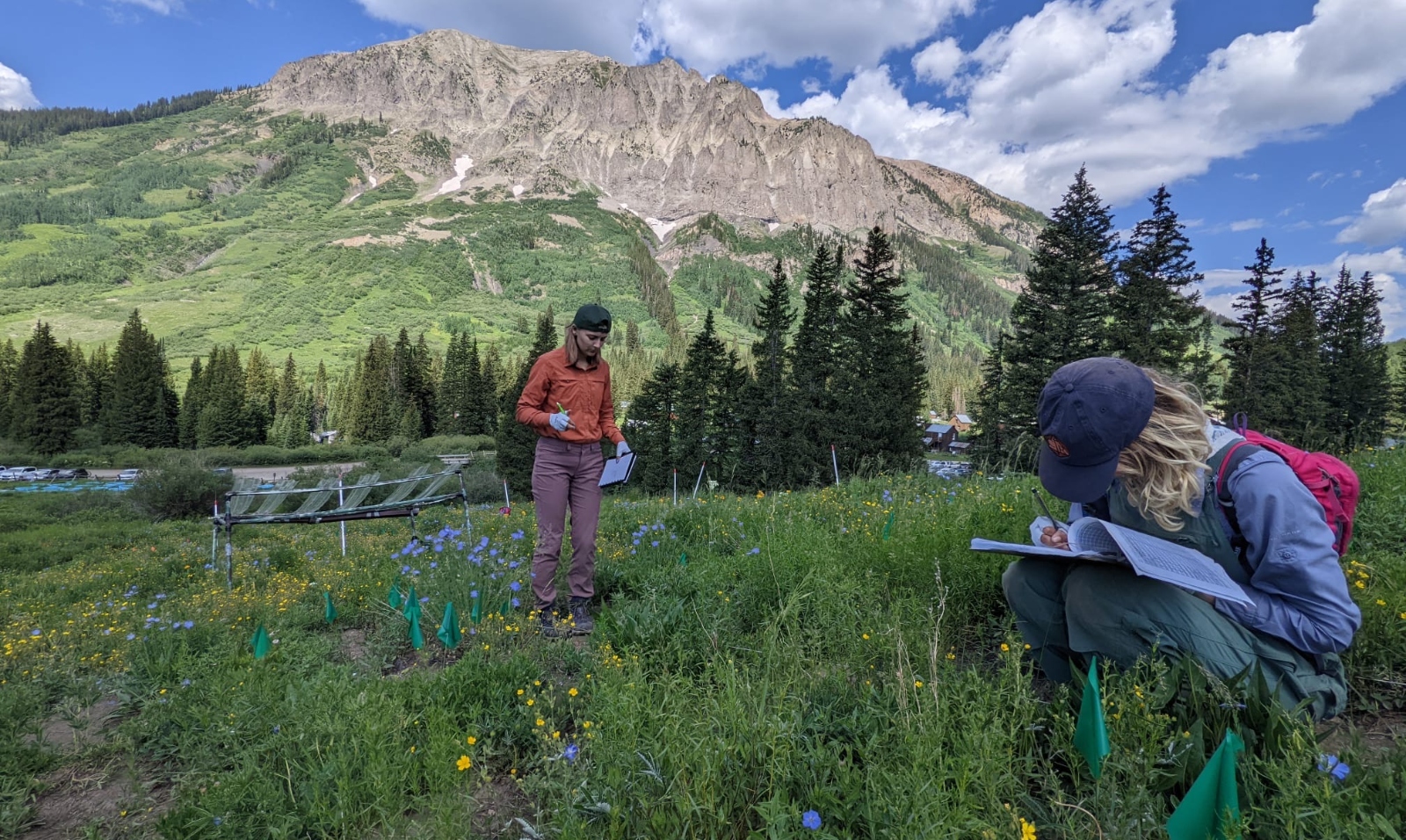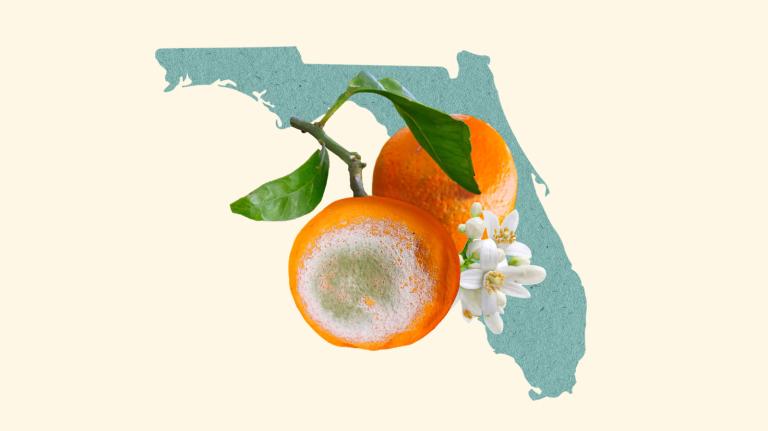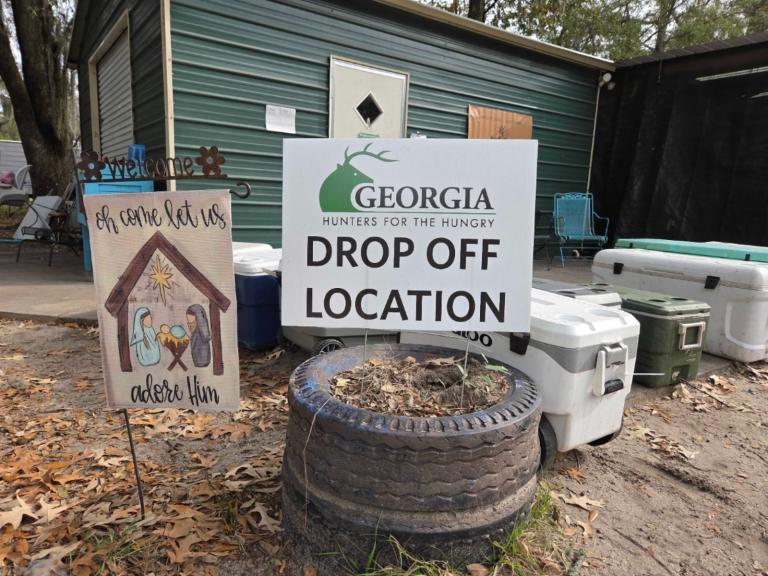For the past four years, plant biologist Elsa Godtfredsen has trekked to a subalpine meadow in Colorado to study the interactions between wildflowers and bumblebees. The pollinators buzz among fields of purple delphinium and columbine, an iconic image of spring in the Rocky Mountains.
Godtfredsen works at the Rocky Mountain Biological Laboratory, a research center set amid evergreens and jagged granite peaks in Gothic, Colorado. Each spring and summer, they track four species of wildflowers from bloom to seed set, using this data to model the impact of climate change on these plants and their pollinators.
“Subalpine and alpine ecosystems are changing rapidly,” Godtfredsen said. “We’re trying to see if these species can persist in ecosystems that are going to continue changing unless we see drastic shifts in policy.”
As winters get warmer, snow in alpine and subalpine regions melts earlier, causing a timing mismatch where flowers bloom before bumblebees emerge from diapause, or insect hibernation. Without enough pollinator visits, plants can’t make seeds and reproduce. That will leave fewer flowers for pollinators next spring — and future springs as well.
“We’re seeing a ubiquitous trend: Generally when snowmelt happens earlier, we see flowering earlier as well,” said Godtfredsen.

Scientists warn that these mountainous ecosystems foreshadow trends that other areas may soon experience, or in some cases, already face. Globally, spring is arriving progressively sooner. Flowers now bloom several weeks ahead of schedule in temperate forests in Japan and an average of 23 days earlier in the United States. Another study in the United Kingdom found that plants flower a month earlier on average.
Most animals and insects rely on temperature cues to start seasonal activities, like migrating, breeding, or emerging from hibernation. When those signals change due to warming temperatures or earlier snowmelt, it can lead to timing mismatches that threaten populations.
For example, insect-eating tree swallows nesting earlier in the spring face higher chick mortality rates due to inclement weather, which reduces insect availability. Arctic plants have also been emerging earlier in Greenland, and many caribou calves have died when spring plant growth preceded caribou’s calving season.
One of the smallest, and potentially most worrisome, animals being affected are insect pollinators, like bees, flies, butterflies, and moths. These arthropods are crucial for our food system: They help pollinate a third of major food crops and contribute around $15 billion annually to U.S. agriculture. Climate change, however, is causing 60 percent of plants and insects to fall out of sync.
Chris Wyver, a postdoctoral scientist at the University of Reading, found that Bramley apples in the United Kingdom now bloom earlier due to warmer springs and increased rainfall. Their pollinators are also emerging earlier, but are less sensitive to temperature cues that trigger apple bloom. If this divergence continues to widen, it could threaten apple yields.
“We saw that in warmer springs, the mismatch was slightly bigger compared with cooler springs,” Wyver said.
In crops like cranberries, Brazil nuts, and passion fruit, bloom times are also occurring weeks earlier.

If timing mismatches worsen worldwide, scientists warn they could also exacerbate pollinator declines. Inadequate pollination currently causes a 3 percent to 5 percent decline in global fruit, vegetable, and nut production annually, leading to over 400,000 deaths due to reduced access to diverse and nutritious diets.
“Probably the impact isn’t going to be felt in the U.K. or the U.S. or Europe — the Global North,” Wyver said. Instead, he noted, the strongest impacts will likely be felt in regions that already experience food insecurity, where supply chains are less reliable.
In some cases, managed honey bees can make up for pollinator losses if timing mismatches cause significant native pollinator declines. Farmers already use honey bee colonies to pollinate crops like apples, nuts, and seed crops.
However, there is concern about supply.
“If we have to turn to honey bees, the question is, will there be enough?” Wyver said. “I worry it’s just going to create a bidding war for honeybees that’s going to make food more expensive.”
In early April this year, Godtfredsen’s colleagues from the Rocky Mountain Biological Lab skied to the research meadow to lay large black shade cloths on the snow, each around 16.5 feet wide. Over time, the dark fabric spurs snow to melt faster than the surrounding area, imitating pockets of earlier spring. Once the snow melts, they remove the cloths so plants can grow.
“The plants have to grow to a good size and put up flowering stalks, and then flower,” Godtfredsen said. “That’s when I go out.”
Once the plants are ready, usually in late May, Godtfredsen hikes to the meadow. They and a team of research assistants spend the summer counting the number of fruits on the plants they’re studying, observing bees as they move from one flower to the next, and collecting seeds.
“Basically, you get up, walk two feet, squat down, and look at another plant,” Godtfredsen said.
The team then compares data between the black-clothed, early snowmelt plots and normal conditions, comparing flower and pollinator activity.
“What we’re seeing is a common narrative in climate change research,” Godtfredsen said. “Some species are going to benefit from this scenario, and some will suffer.”

One of the research site’s earliest blooming flowers, Nuttall’s larkspur, or Delphinium nuttallianum, had fewer pollinator visits than the other flowers.
Another wildflower species they’re studying, prairie smoke, or Geum triflorum, is doing better under the early snowmelt manipulation. The plant has larger stalks and produces the same number of seeds. But a third species, wild blue flax, or Linum lewisii, is taking hits across the board, with smaller stalks, lower seeds, and more signs of plant stress.
“The narrative is never simple,” Godtfredsen said. Godtfredsen admitted that this may be because the plants they’re studying rely on a variety of animal pollinators, including bumblebees, solitary bees, flies, and hummingbirds.
Plants that rely on specialist pollinators — those with highly adapted relationships to specific plants — may be significantly more affected by seasonal shifts induced by climate change.
Solitary native squash bees, Peponapis pruinosa and Xenoglossa strenua, for example, are crucial pollinators of squashes, pumpkins, and gourds in the United States, and primarily collect pollen from plants in the squash family. However, a recent study revealed that squash plants in drought conditions produced fewer seeds, threatening squash plants and the bees that depend on them.
“The connections are very direct and limited between specialist bees and the plants they forage on,” said Ed Henry, an ecologist at the U.S. Department of Agriculture’s Natural Resources Conservation Service. If those connections are broken, then “those [specialist bees] are going to be in tremendous danger.”
We also don’t know how much tolerance for change is built into our ecosystems, Henry explained, or when we’ll exceed that tolerance to the point where plants or pollinators significantly decline or go extinct.
“It’s like we’re walking in the dark, and we know that there are cliffs, and we don’t know where the edge is,” Henry said. “But we continue to walk forward.”
One of the biggest challenges is the lack of reliable, long-term data on insect pollinators, so scientists know very little about how their populations and timings have changed.
Such a data gap — particularly in the tropics, where pollinators and the farmers that depend on them are especially vulnerable — makes it hard to determine whether conservation efforts are needed to counter timing mismatches.
“In some places, the data is fantastic,” Wyver said, “but in others, we don’t really know what’s doing the heavy lifting from the pollinator point of view, and trying to address those parts of the world has been a big challenge.”
Henry trains and helps state and local land managers plan and install pollinator forage and habitats on the nation’s working lands through his work at USDA. Pollinator habitats on farms can improve crop yields and reduce the need for pesticides, which can help farmers with climate change adaptation.
Native plants adapted to local climate, soil, and pollinator species can provide food and habitat for pollinators that are more resilient to extreme weather events in a particular region.
To make our food system more climate-resilient, Henry noted, we need to aim for diversity and complexity, not the other way around.
“Whenever you simplify a system,” Henry said, like through monoculture farming, “it’s usually less resilient. Nature creates the most resilient system over time.”




